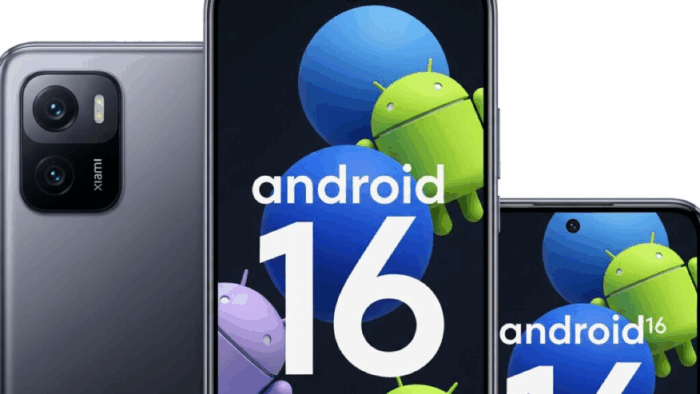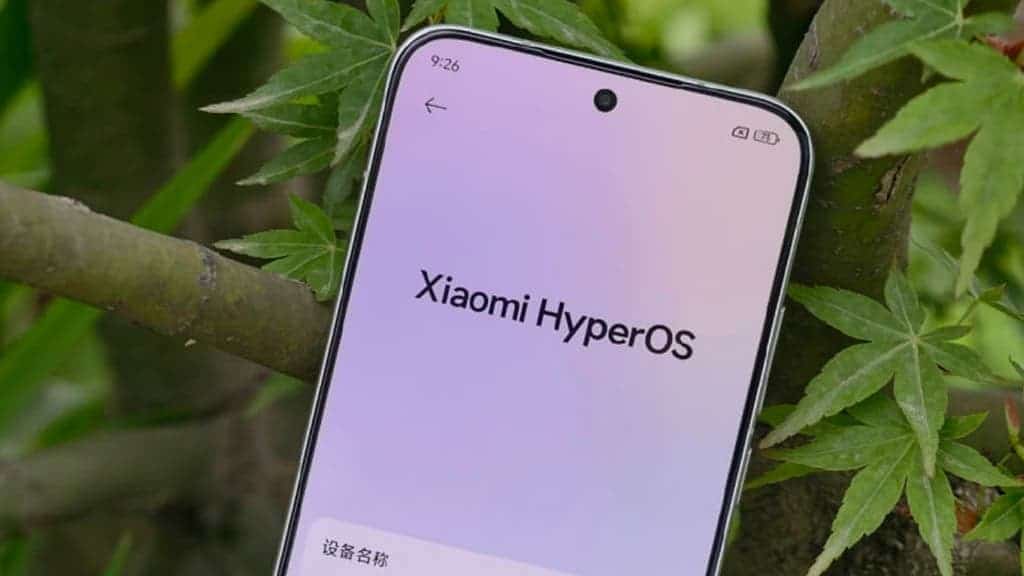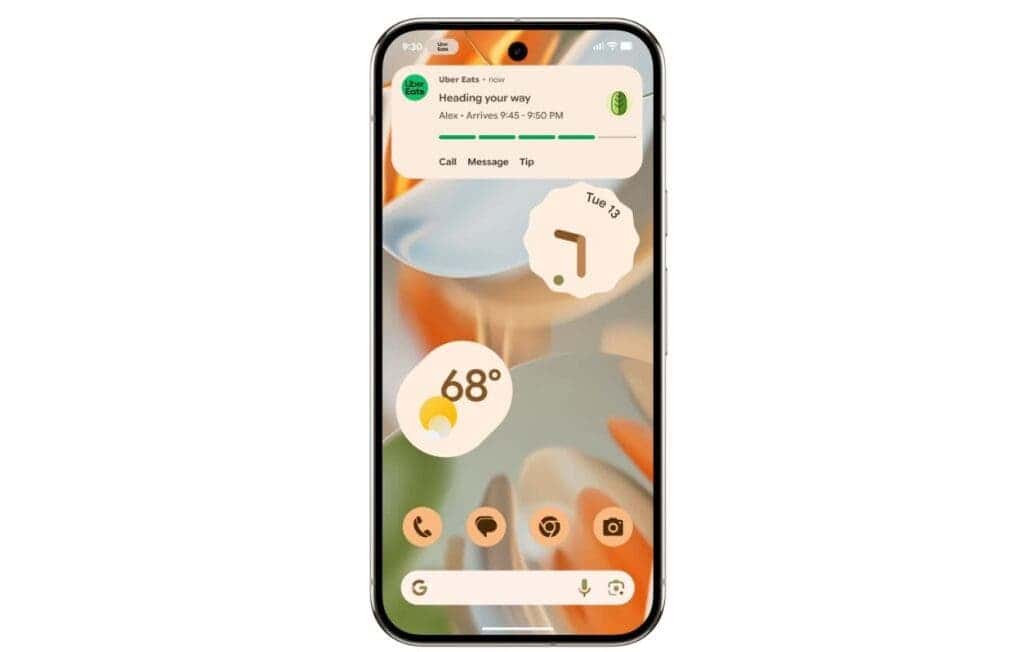newsXiaomi
- 9 Android 16 Features We’d Really Like to See in HyperOS 3
- 1. Google’s New “Advanced Protection”
- 2. Emoji Kitchen (But Built-In)
- 3. Smarter Notifications & Real-Time Updates
- 4. AI-Assisted Photo Editing
- 5. Real Multitasking on Tablets
- 6. Granular Privacy Controls
- 7. Smarter Cross-Device Continuity
- 8. Deeper Battery Optimization
- 9. Customizable Lock Screens
- Final Word
9 Android 16 Features We’d Really Like to See in HyperOS 3

Nick Papanikolopoulos
June 13, 2025

Now that Android 16 is out there, the natural question—at least for Xiaomi users—is what it means for the next version of HyperOS. Xiaomi’s software has come a long way since its MIUI days. HyperOS 1 introduced a sleeker interface; version 2 improved speed and polish, building on Android 15.
So, what should we expect from HyperOS 3, which will likely sit on top of Android 16? We don’t know everything yet. But if Xiaomi wants to stay competitive—not just spec-wise but also in user experience—there are a few standout Android 16 features they really shouldn’t skip.

1. Google’s New “Advanced Protection”
First off, Android 16 brings what’s probably its biggest under-the-hood upgrade: Advanced Protection, Google’s latest security suite. It beefs up real-time scanning for malware and scam prevention.
It also introduces something called Safety Check—a tool to schedule emergency check-ins with friends or family. Honestly? That’s something every smartphone should have in 2025. Xiaomi has its own privacy tools, but integrating this natively into HyperOS 3 would be a strong move. Especially in regions where Android malware is still a real concern.
2. Emoji Kitchen (But Built-In)

Gboard’s Emoji Kitchen, which lets you mix emojis to create custom stickers, feels like a fun little feature—but it’s deceptively sticky. People actually use it. A lot. If Xiaomi brought this into the stock HyperOS keyboard, it would be one of those small quality-of-life upgrades that gets more love than you’d expect.
3. Smarter Notifications & Real-Time Updates
Android 16 introduces smarter notification grouping, but what really makes a difference is how it handles real-time alerts—like delivery tracking or ride-sharing updates. That information stays live in the notification panel, without you needing to bounce between apps.
If HyperOS can replicate that behavior, it’s a subtle but meaningful productivity boost. Less tapping. Less checking. More flow.

4. AI-Assisted Photo Editing
We’ve already seen Xiaomi push AI in camera software, but Android 16 now brings AI-enhanced editing directly into Google Photos—things like auto-cropping, “Reimagine” suggestions, even background touch-ups.
If HyperOS can hook into those tools or build out its own versions (maybe inside the Xiaomi Gallery app), that would be a real win for content creators. And frankly, for anyone who edits photos on their phone.
Read Also: Xiaomi May Rename HyperOS 3 to HyperOS 26

5. Real Multitasking on Tablets
This one’s overdue. Android 16 finally makes desktop-style multitasking feel right on large screens. We’re talking draggable, resizable app windows—not just static split views.
For the Xiaomi Pad series, which is still held back by underwhelming multitasking, HyperOS 3 could unlock serious potential here. Especially if Xiaomi finally optimizes app scaling and memory management.
6. Granular Privacy Controls
Android 16 lets users revoke camera, mic, or location access from apps with a single tap. Xiaomi offers some of this already, but it’s spread across menus. HyperOS 3 could streamline this and surface privacy alerts in a less intrusive—but more useful—way.

7. Smarter Cross-Device Continuity
Here’s a feature that Xiaomi’s ecosystem badly needs to evolve. Mi Share and Mi Cloud exist, yes. But they don’t feel fluid. A real app handoff feature—start on phone, finish on tablet—would finally connect Xiaomi’s many devices in a way that feels intentional.
8. Deeper Battery Optimization
We’ve seen Xiaomi push aggressive battery-saving modes, but they often feel blunt. Android 16 brings smarter analytics, pinpointing apps or behaviors that are draining battery. Not just turning things off—but suggesting smarter habits. This could be where HyperOS 3 finds balance: saving power without killing performance.
9. Customizable Lock Screens
Aesthetic? Sure. Necessary? Maybe not. But users care. Android 16 offers more widget support and glanceable info on the lock screen. Xiaomi’s current implementation is a little rigid. HyperOS 3 could let users add weather, calendar, audio widgets—or at least rearrange them. It’s time.
Final Word
HyperOS 3 doesn’t need to reinvent Android 16. It just needs to make the right calls—take the best of Android 16 and fold it into Xiaomi’s design language, without bloat or friction. If they get it right, this won’t just feel like a firmware update. It’ll feel like Xiaomi actually listened.
Disclaimer: We may be compensated by some of the companies whose products we talk about, but our articles and reviews are always our honest opinions. For more details, you can check out our editorial guidelines and learn about how we use affiliate links.Follow Gizchina.com on Google News for news and updates in the technology sector.